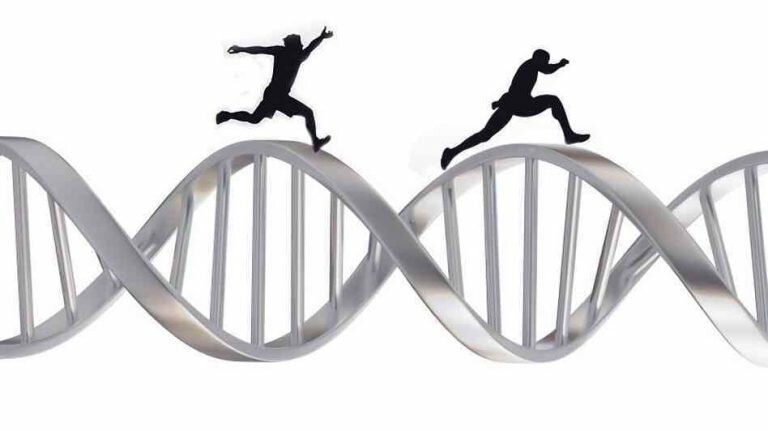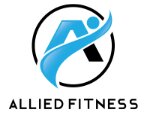Exercise with a Genetic Condition
By Brooke Fletcher
What is a genetic condition?
A genetic condition is caused by a mutation in the DNA sequence where either one or multiple genes may be affected. Some of these modifications are inherited and are present at birth, where others can be caused by environmental factors and can occur later in life.
Some genetic conditions are more prevalent or common than others depending on the recessive or dominant nature or it. If it is a dominant gene that has a classification for a specific condition, the individual may present certain features of this condition at birth. While rare in nature these conditions affect millions of people worldwide to different extents.
Some examples of these conditions include but aren’t limited to:
- Angelman Syndrome
- Schindlers disease
- Spinal muscular atrophy
- Leigh syndrome
- Cornella de Lange syndrome
- And many more
Due to there being around 4000 different diagnosed genetic disorders and the vast number of conditions grouped under the one umbrella term, the above barely scratches the surface. Many genetic disorders can have several that fall under the same category with slight variations in presentation from a different mutation in the gene.
With this in mind it can be hard to find information or know where to start in terms of exercise for your specific condition.

There are many different characteristics and traits of genetic conditions that can make exercising a challenge.
When starting an exercise program, it is recommended to consult with an Exercise Physiologist as they are tertiary qualified and use evidence-based practice to program for their clients. Generally speaking, exercise can have the below effects on the individual with these conditions, however depending on the goals and the individual, the outcomes are going to vary person to person.
Benefits for individuals with the following impairments include:
- Physical impairments: Help to increase strength and increase function to be able to perform everyday activities. Exercise can help with balance and help improve motor patterns and working with any aids.
- Physiological impairments: Can help to manage any side effects experienced with the physiological impairments including but not limited to blood pressure, cholesterol, weight and waist circumference. All this can be done whilst taking into account any physical impediments as well.
- Mental impairments: For those individuals with intellectual or learning difficulties exercise can involve cognitive tasks to aid with this. Across all three of these categories as well exercise can have a big impact on mental health which can be quite prevalent with genetic disorders.

At Allied Fitness Australia we currently do a lot of work with the NDIS and see a lot of clients with genetic disorders. We work closely with support coordinators, family members and the clients to help reach their goals including increasing ability with activities of daily living as well as addressing other co-morbidities. For those who are unable to reach our facilities we also offer home visits.
If you do have funding with the NDIS you can access Exercise Physiology services under both the improved health and wellbeing and improved daily living categories and our dieticians can be accessed under improved health and wellbeing. If you are self-managed, Agency managed or Plan managed we work with the nominated providers in arranging service agreements through to the delivery of services.
If you would like more information on how we can help you or if you are unsure on your funding or eligibility please get in touch and organise a complimentary consultation with one of our Exercise Physiologists or dieticians today.
